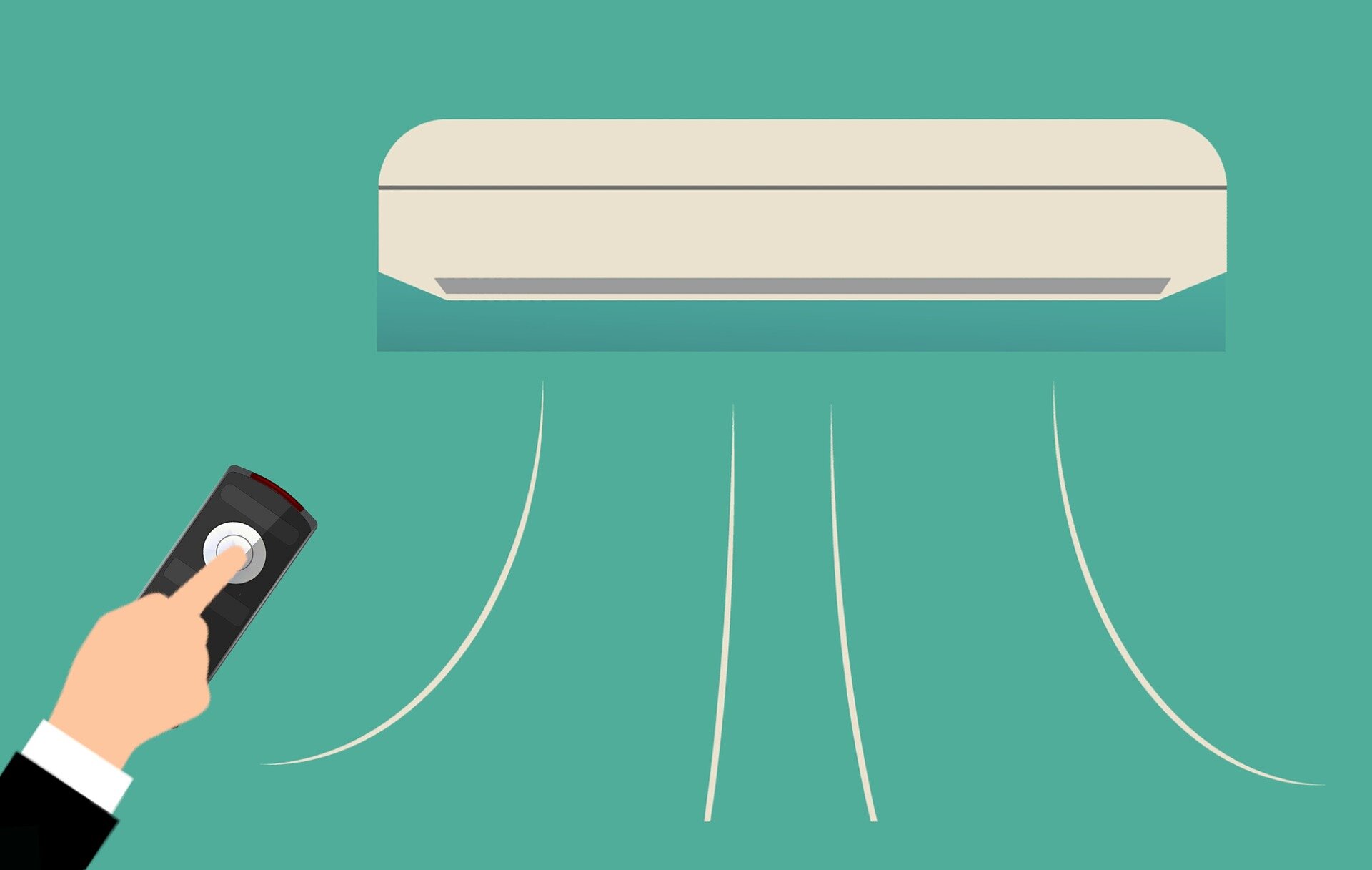- AI needs ‘global governance’, cannot be left to market, UN panel says
- Israeli military strikes Hezbollah as Nasrallah responds to wave of device blasts in Lebanon
- JetBlue to open airport lounges in New York and Boston in battle for big spenders
- From mortgages to auto loans, experts weigh in on when — or if — to refinance as interest rates fall
- August home sales drop more than expected, as prices set a new record
Who Won the U.S. Presidential Debate?

Poor indoor air quality isn't just making us sick. It's also polluting our cities
According to the World Health Organization (WHO), air pollution is one of the greatest environmental health challenges that we face today. Various studies have shown that in addition to the lungs, it affects essential organs like the heart and brain, and that those who suffer most from its consequences are the most exposed or vulnerable people in society. It is a pervasive issue that affects all of humanity, and reinforces entrenched inequalities.
While vehicles and industry pollute the air outside, indoors we are exposed to a range of chemical pollutants that—even in moderate amounts—can cause headaches, dizziness, fatigue and nausea. In the long term, they can lead to more serious health problems.
One of the key factors behind the deterioration of interior air quality is that new buildings are becoming more airtight in order to improve energy efficiency. In buildings with very well insulated façades, mechanical ventilation systems have to play a bigger role than more traditional ventilation methods like windows and drafts.
In hermetically sealed buildings, less fresh air gets in. This means indoor air is replenished less often and pollutants from internal sources—or those that come in from outside—become more concentrated.
Eventually, this polluted indoor air—which is making more than a third of the planet sick—is expelled into the surrounding environment. This raises the question of how buildings pollute the air around them, what pollutants they produce, and whether this expelled air is sufficiently diluted once outdoors.

- September 19, 2024
AI development cannot be left to market whim, UN experts warn

- September 19, 2024
If you build it, will they come? Wildlife corridors need smarter design

- September 19, 2024
DNA origami and fluorescent probes can precisely release molecular cargo




- September 19, 2024
An innovative system for seeing into the bowels of a volcano



- September 19, 2024
Another new wasp species discovered by researchers

- September 19, 2024
Assessing the environmental impacts of Brazil's biofuel sector
Subscribe to our mailing list to get the new updates!

Subscribe our newsletter to stay updated
Thank you for subscribing!



